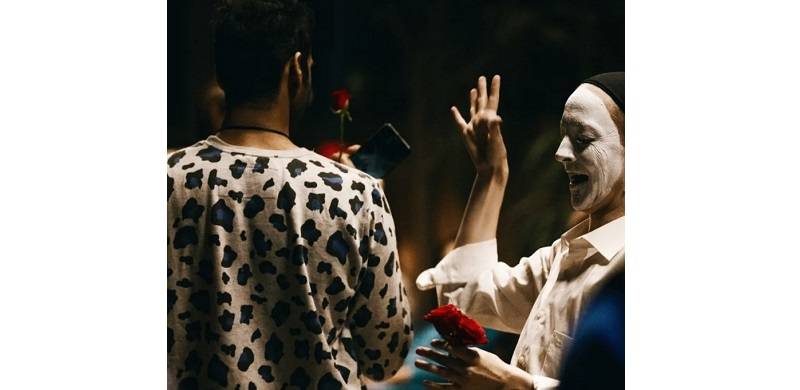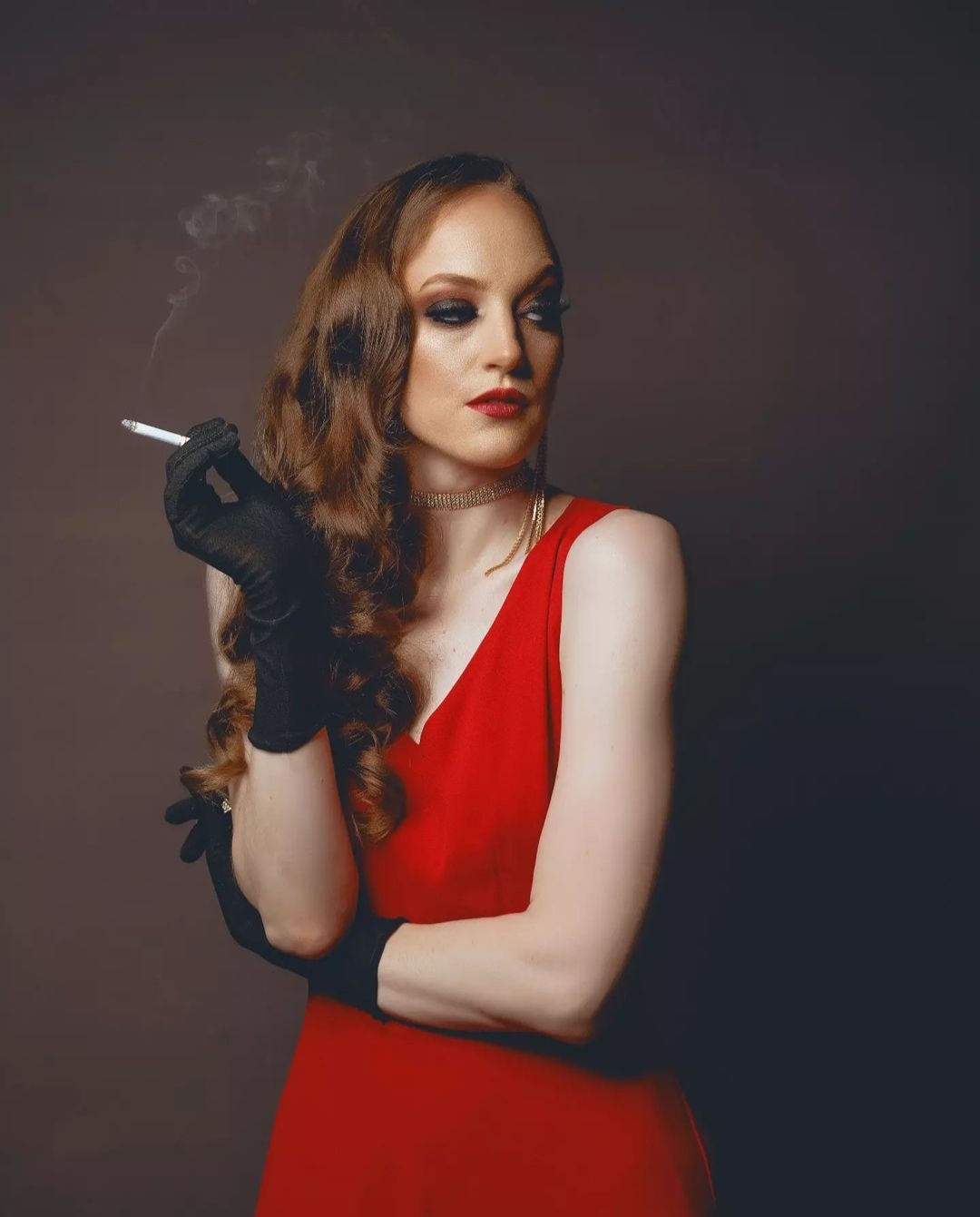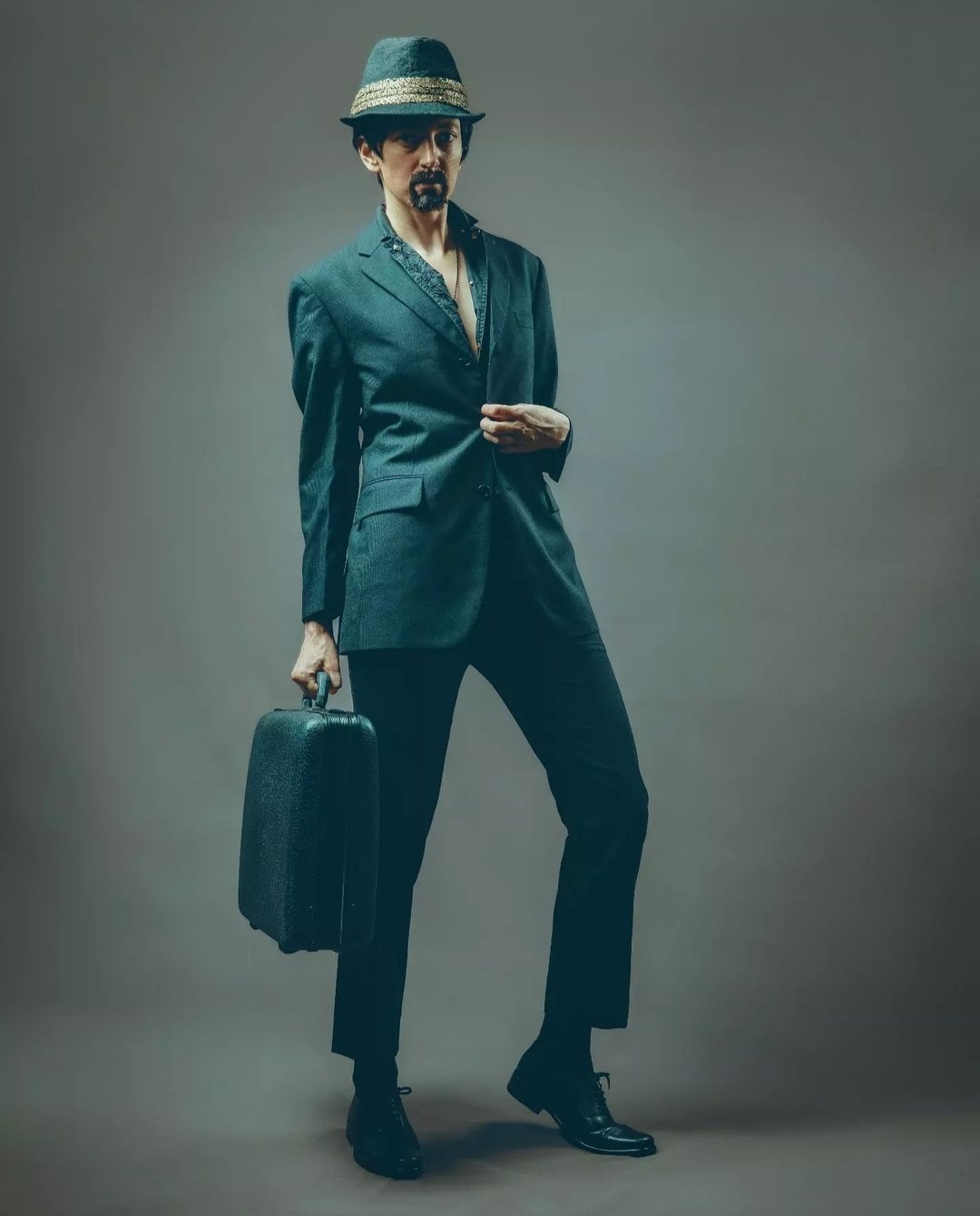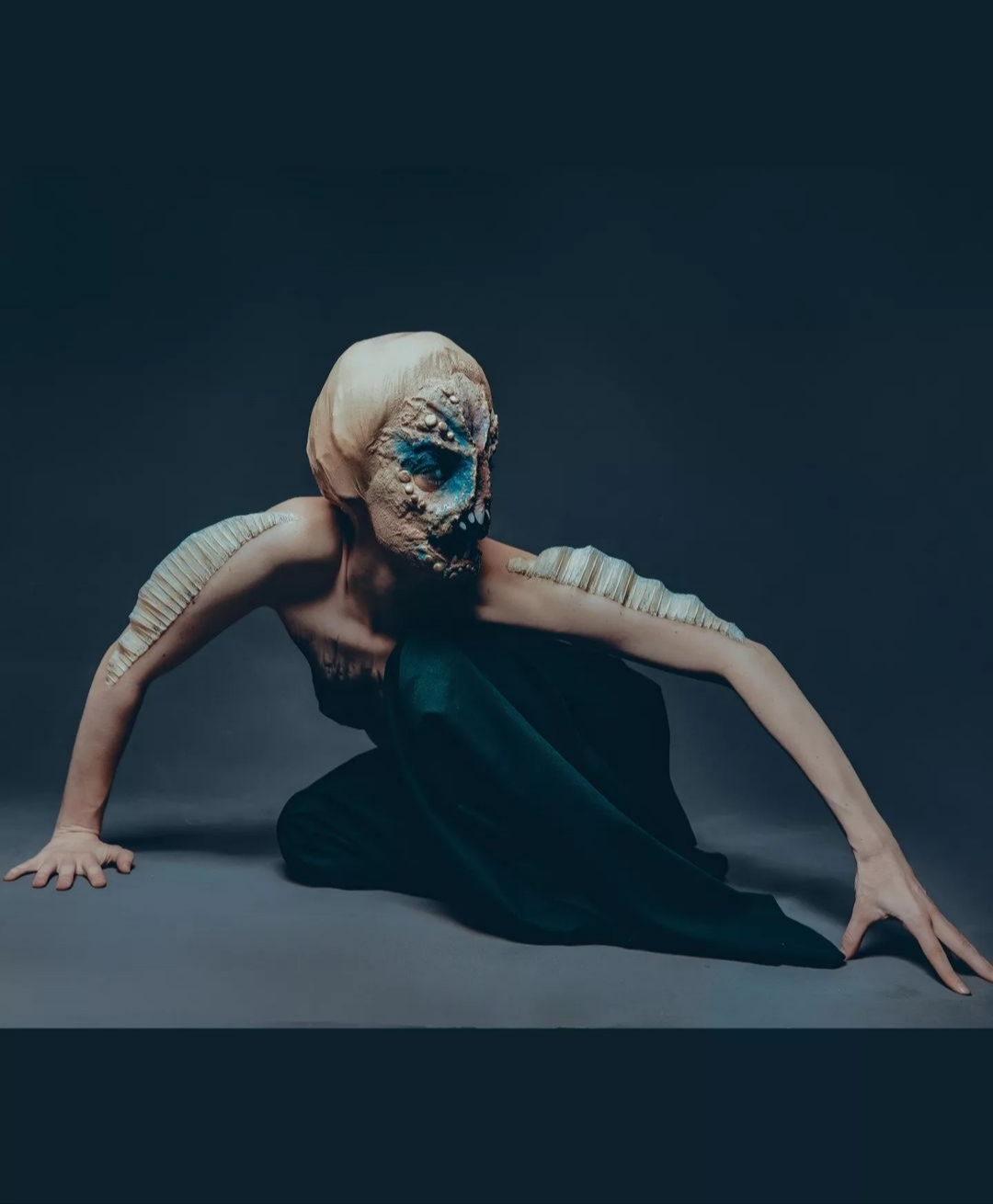
One might say that a performance can be reenacted but not repeated. The response of the audience is what makes performance an experience of the moment. With Phelan’s idea of a unique moment and Jones, theory of a representational body, the most important aspect of performance art is considered to be a tension between audience and performer. As a result, acts and experiences have always been more relevant than their documentation.
Photography of a performance raises many problems: which is the correct point of view to capture the performance? Who decides the angle and the distance of the composition of the photograph? Do these photographs belong to the performer or to the photographer?
In the early days of performance art, there was resistance to the idea of documentation, since the presence of a camera would rub up against the sacred fleeting moment of the event. But just as that pious attitude has faded, so too might the resistance to the idea of re-performance, and the merger of performance art with theatre. There is a kind of brutal unsentimentality in the prospect of re-performance: performance art must admit that it is already a codified genre, without the marginal charm it once had. It’s not a young discipline anymore; it has to decide how it wants to grow up.
The rise of postmodernism in the 1970s was characterised by social and cultural pluralism, disunity and an obscure basis for social/ethnic unity – as compared to modernism, that manifested a sense of cohesion, centered self; ‘individualism’ and unified identity. Postmodernism accounted for a subverted order, sense of fragmentation and loss of centralised control – a decentered self that resulted in multiple, conflicting identities, attention to the play of surfaces, images and signifiers without concern for ‘depth.’ It embodied a culture adapting to simulation, with visual media becoming undifferentiated equivalent forms, and simulation and real-time media substituting for the real. The resulting hybrid cultural forms completely blurred ‘high’/’low’ categories in the valuation of pop culture. Art emphasised process, performance, production and intertextuality. It aimed at recycling of culture, authenticated by audience and validated in subcultures sharing identity with the artist.
Parody and pastiche are key attributes of postmodern culture, whether in literature, film, fashion or design. A parody imitates the formal features – manner, style or characteristics – of a literary piece or performance, thereby diminishing the original. Mockery is intrinsic to parody. Postmodern theorist Frederic Jameson states states: “The art of parody depends on the tension between the known original and its parody twin.” A parody must transform the original, altering it to give new meaning and in the process create a new work, for instance the subversion of the patriotic American anthem Star Spangled Banner into an anti-Vietnam protest by legendary musician Jimi Hendrix: he ripped it apart by incorporating an aggressive musical style.
Pastiche, in postmodern literature, is a homage to or a parody of past styles. It is an amalgamation of multiple genres to create a unique narrative or to critique situations in postmodernity. Though pastiche commonly refers to the fusion of genres and quoting from multiple sources, the work may include elements like metafiction and temporal distortion. An example is B.S. Johnson‘s 1969 novel The Unfortunates, which was released in a box with no binding, so that readers could assemble it however they chose.
A similar approach was employed by US-born, trained ballet, contemporary dancer and choreographer Gillian Rhodes, who presented a body of work stemming from the idea of ‘Pastiche Scenarios.’
Gillian Rhodes has spent over a decade living and working in Asia: Cambodia, South Korea and Pakistan. She is currently the Global Outreach Manager at The School of Creative Arts (SOCA), University of Lahore.
As an alternative to personas, pastiche scenarios propose the use of fictional characters from well-known cultural sources, such as literature, film, pop culture, etc. with the aim to “explore alternative understandings of how different people might respond to these existing characters, that despite carrying respective cultural baggages, offer a contract renegotiation with the audience resulting in newer meanings, interpretations and narratives.”
On the 12th of November 2022 in Lahore, Olomopolo Media along with FM91 provided Gillian Rhodes with the opportunity to launch her latest body of work, which was the outcome of a year’s planning and research: conceptualisation of four custom characters, or “Alteregos” as Rhodes refers to them. She has envisioned them as liberated characters, having no predetermined limit, free of the confines of history. They are malleable in their very nature, they can be commissioned or acquired for an array of functions or purposes: They are open ended, they cease to die, instead they transform.
The audience chatter was interrupted by the random-yet-cogent entry of Jean-Claude Pierrot, who within a couple of seconds captured the attention of every single individual in the chilly, well-lit outdoor space. Jean-Claude is a 57-year-old mime actor known for playing the role of the dejected clown belonging to a mid-1800’s Paris Theater. “Pale as the moon, mysterious as silence, supple and mute as the serpent,” a figure who has been degraded by his misery and the ingratitude of the public, into whose booth the forgetful world no longer wants to enter. His character was a picture of agony, who concealed his feelings through exaggerated facial expressions, mimicry of others, acrobatic stunts and silly pranks meticulously performed by the talented Gillian Rhodes. She was in complete command, strolling all around the place with her roses, engaging silently yet poignantly through gestures and eye contact with her audience: who seemed to be spellbound. Their skeptic eyes followed her in bewilderment and awe simultaneously.
A compelling and evocative half an hour performance by the zestful and indefatigable Gillian Rhodes as Jean-Claude Pierrot concluded with a rich profusion of appreciation by the jubilant audience. Gillian drew the curtains to an eventful night after delivering a multimedia presentation in which she introduced the remaining three characters from this series:
She is an embodiment of youth and innocence operating between two polarities: sometimes the epitome of Karen energy, and sometimes the tragedy of fame, fortune and loss.
The man in the suit oozes “Big d*** energy “ – “confidence without cockiness,” it is never misplaced and it cannot be simulated. His journey explores “toxic masculinity” and “corporate slavery.”
This monster is the reflection of the other or a manifestation of the exotic. It is alien and indecipherable. 'Monster' is little more than a mirror upon which we throw our prejudices and expectations.
Photography of a performance raises many problems: which is the correct point of view to capture the performance? Who decides the angle and the distance of the composition of the photograph? Do these photographs belong to the performer or to the photographer?
In the early days of performance art, there was resistance to the idea of documentation, since the presence of a camera would rub up against the sacred fleeting moment of the event. But just as that pious attitude has faded, so too might the resistance to the idea of re-performance, and the merger of performance art with theatre. There is a kind of brutal unsentimentality in the prospect of re-performance: performance art must admit that it is already a codified genre, without the marginal charm it once had. It’s not a young discipline anymore; it has to decide how it wants to grow up.
The rise of postmodernism in the 1970s was characterised by social and cultural pluralism, disunity and an obscure basis for social/ethnic unity – as compared to modernism, that manifested a sense of cohesion, centered self; ‘individualism’ and unified identity. Postmodernism accounted for a subverted order, sense of fragmentation and loss of centralised control – a decentered self that resulted in multiple, conflicting identities, attention to the play of surfaces, images and signifiers without concern for ‘depth.’ It embodied a culture adapting to simulation, with visual media becoming undifferentiated equivalent forms, and simulation and real-time media substituting for the real. The resulting hybrid cultural forms completely blurred ‘high’/’low’ categories in the valuation of pop culture. Art emphasised process, performance, production and intertextuality. It aimed at recycling of culture, authenticated by audience and validated in subcultures sharing identity with the artist.
She was in complete command, strolling all around the place with her roses, engaging silently yet poignantly through gestures and eye contact with her audience: who seemed to be spellbound. Their skeptic eyes followed her in bewilderment and awe simultaneously
Parody and pastiche are key attributes of postmodern culture, whether in literature, film, fashion or design. A parody imitates the formal features – manner, style or characteristics – of a literary piece or performance, thereby diminishing the original. Mockery is intrinsic to parody. Postmodern theorist Frederic Jameson states states: “The art of parody depends on the tension between the known original and its parody twin.” A parody must transform the original, altering it to give new meaning and in the process create a new work, for instance the subversion of the patriotic American anthem Star Spangled Banner into an anti-Vietnam protest by legendary musician Jimi Hendrix: he ripped it apart by incorporating an aggressive musical style.
Pastiche, in postmodern literature, is a homage to or a parody of past styles. It is an amalgamation of multiple genres to create a unique narrative or to critique situations in postmodernity. Though pastiche commonly refers to the fusion of genres and quoting from multiple sources, the work may include elements like metafiction and temporal distortion. An example is B.S. Johnson‘s 1969 novel The Unfortunates, which was released in a box with no binding, so that readers could assemble it however they chose.
A similar approach was employed by US-born, trained ballet, contemporary dancer and choreographer Gillian Rhodes, who presented a body of work stemming from the idea of ‘Pastiche Scenarios.’
Gillian Rhodes has spent over a decade living and working in Asia: Cambodia, South Korea and Pakistan. She is currently the Global Outreach Manager at The School of Creative Arts (SOCA), University of Lahore.
As an alternative to personas, pastiche scenarios propose the use of fictional characters from well-known cultural sources, such as literature, film, pop culture, etc. with the aim to “explore alternative understandings of how different people might respond to these existing characters, that despite carrying respective cultural baggages, offer a contract renegotiation with the audience resulting in newer meanings, interpretations and narratives.”
On the 12th of November 2022 in Lahore, Olomopolo Media along with FM91 provided Gillian Rhodes with the opportunity to launch her latest body of work, which was the outcome of a year’s planning and research: conceptualisation of four custom characters, or “Alteregos” as Rhodes refers to them. She has envisioned them as liberated characters, having no predetermined limit, free of the confines of history. They are malleable in their very nature, they can be commissioned or acquired for an array of functions or purposes: They are open ended, they cease to die, instead they transform.
The audience chatter was interrupted by the random-yet-cogent entry of Jean-Claude Pierrot, who within a couple of seconds captured the attention of every single individual in the chilly, well-lit outdoor space. Jean-Claude is a 57-year-old mime actor known for playing the role of the dejected clown belonging to a mid-1800’s Paris Theater. “Pale as the moon, mysterious as silence, supple and mute as the serpent,” a figure who has been degraded by his misery and the ingratitude of the public, into whose booth the forgetful world no longer wants to enter. His character was a picture of agony, who concealed his feelings through exaggerated facial expressions, mimicry of others, acrobatic stunts and silly pranks meticulously performed by the talented Gillian Rhodes. She was in complete command, strolling all around the place with her roses, engaging silently yet poignantly through gestures and eye contact with her audience: who seemed to be spellbound. Their skeptic eyes followed her in bewilderment and awe simultaneously.
A compelling and evocative half an hour performance by the zestful and indefatigable Gillian Rhodes as Jean-Claude Pierrot concluded with a rich profusion of appreciation by the jubilant audience. Gillian drew the curtains to an eventful night after delivering a multimedia presentation in which she introduced the remaining three characters from this series:
Girl in the Red Dress
She is an embodiment of youth and innocence operating between two polarities: sometimes the epitome of Karen energy, and sometimes the tragedy of fame, fortune and loss.
Man in the Suit
The man in the suit oozes “Big d*** energy “ – “confidence without cockiness,” it is never misplaced and it cannot be simulated. His journey explores “toxic masculinity” and “corporate slavery.”
Monster
This monster is the reflection of the other or a manifestation of the exotic. It is alien and indecipherable. 'Monster' is little more than a mirror upon which we throw our prejudices and expectations.

